Just in: Suzuki empire strikes back at fraud allegations
mainTwo important rebuttals have been issued against claims by the violinist Mark O’Connor that the founder of the Suzuki Method falsified his own education – an assertion described by one hysterical newspaper as ‘the biggest fraud in the history of music.’
The International Suzuki Association reiterates its founder’s record and accuses Mr O’Connor of impure motives: Shinichi Suzuki had violin lessons with the prominent German violinist Karl Klingler in Berlin in the 1920’s. Klingler’s daughter, Marianne Klingler, was a strong supporter of Suzuki’s teaching principles and became the first chairperson of the European Suzuki Association. Ms. Klingler confirmed many times that Suzuki had indeed studied with her father…
One can only speculate as to why Mr. O’Connor, who publishes and sells his own approach to violin playing, is so eager to discredit Shinichi Suzuki and why he has chosen to manipulate media at this time. These may be questions for serious journalists to work on further. In the end, however, it is not what Shinichi Suzuki did or did not do in the 1920s that is of importance. The important issue is the successful use of his teaching principles which have enriched the lives of students and has positively influenced music education worldwide for the past 70 years.
More substantive evidence appears in documents supplied to us by the cellist Amy Sue Barston of Swarthmore, Penn. Ms Barton refutes O’Connor’s claims that Suzuki never studied with Klingler or was befriended by Einstein with two images:

Einstein’s self-portrait drawing, made for and given to Suzuki. The autograph says, “Herr Shinichi Suzuki in freundlichsten Erinnerung” translated is, “Mr Shinichi Suzuki in friendliest recollection” – Albert Einstein November 1926.

A Portrait of Dr. Suzuki with his teacher, Karl Klingler. Anyone with a cursory understanding of photography can tell this is was a planned portrait of that time period.
Also, Suzuki never claimed to go to the Berlin Hochschule. He always said he studied with Klingler privately. That is very clear in all his writings. Klingler’s daughter, Marianne Klingler became the first Chairperson of the European Suzuki Association.
O’Connor says: “Shinichi Suzuki had no violin training from any serious violin teacher that we can find. He was basically self-taught, beginning the violin at the age of 18, and it showed. He was never allowed a position in any orchestra, never performed professionally or made a professional recording.” — from his Blog, Suzuki’s Biggest lie.
Here is a listing of Dr. Suzuki’s Professional Career:
♦In 1919, Suzuki joined an exploration to the Kurile Islands organized by Marquis TOKUGAWA. On the ship, Suzuki played the violin with KOHDA Nobu, violinist and pianist who studied in England and also at the Wien National Music Academy. This would indicate that Suzuki was already at the level of a chamber musician at that time. (This episode appears in Kohda Sisters, published in 2000.)
♦By the recommendation of KOHDA Nobu, her sister ANDOH Koh became Suzuki’s first authentic teacher when he was 21. She was one of the top Japanese violinists who went first to Wien and then Berlin to study in Berlin National Music Academy under Josef Joachim.
♦Suzuki recorded Franck’s Sonata in A Major in Berlin in 1928 at Deutsche Grammophon Gesellshaft.
♦Albert Einstein gave his self-portrait to Suzuki as a present and it is reserved in the Suzuki Memorial Museum.
♦Suzuki was active as a soloist (he played with Shin-Koukyohgakudan=New Symphony Orchestra….precursor of NHK Symphony) and was the top violinist of the Suzuki Quartet which gave concerts all over Japan and on radio programs from 1929.
♦Suzuki was an educator in Kunitachi Music School (precursor of Kunitachi College of Music) from 1930 to 1931. He was a Professor at the Imperial Music Institute from 1931 to 1943, and served as the 3rd President of this Institute. One of his intimate colleagues was Alexander Moguilewsky.
♦Formed the Tokyo String Orchestra and gave concerts in main cities in Japan from 1932.
♦Chamber Music, co-authored by SAITOH Hideo, mentor of OZAWA Seiji, was published in 1932 by Bungeishunjuh-sha. His career as a performer ended when he left Tokyo because of the World War II.
Suzuki’s Recording of the Franck Violin Sonata: http://www.prestoclassical.co.uk/r/Symposium/SYMPCD1156
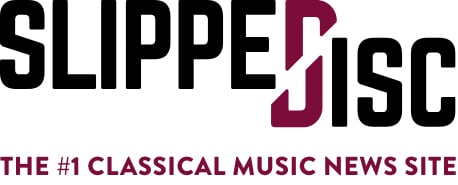
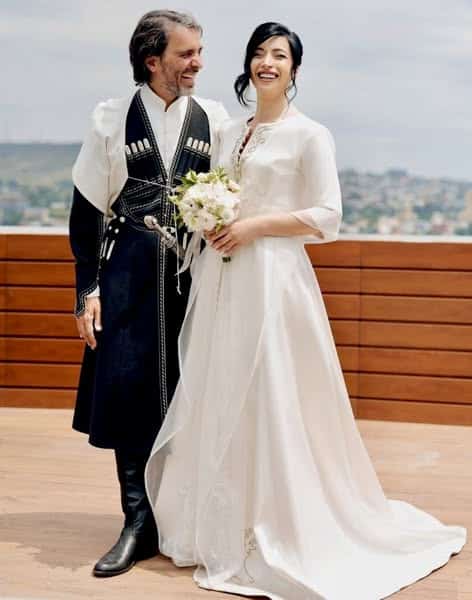
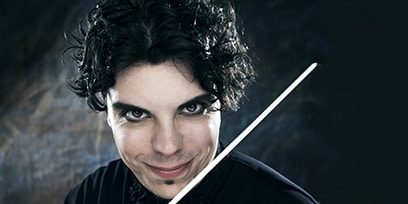
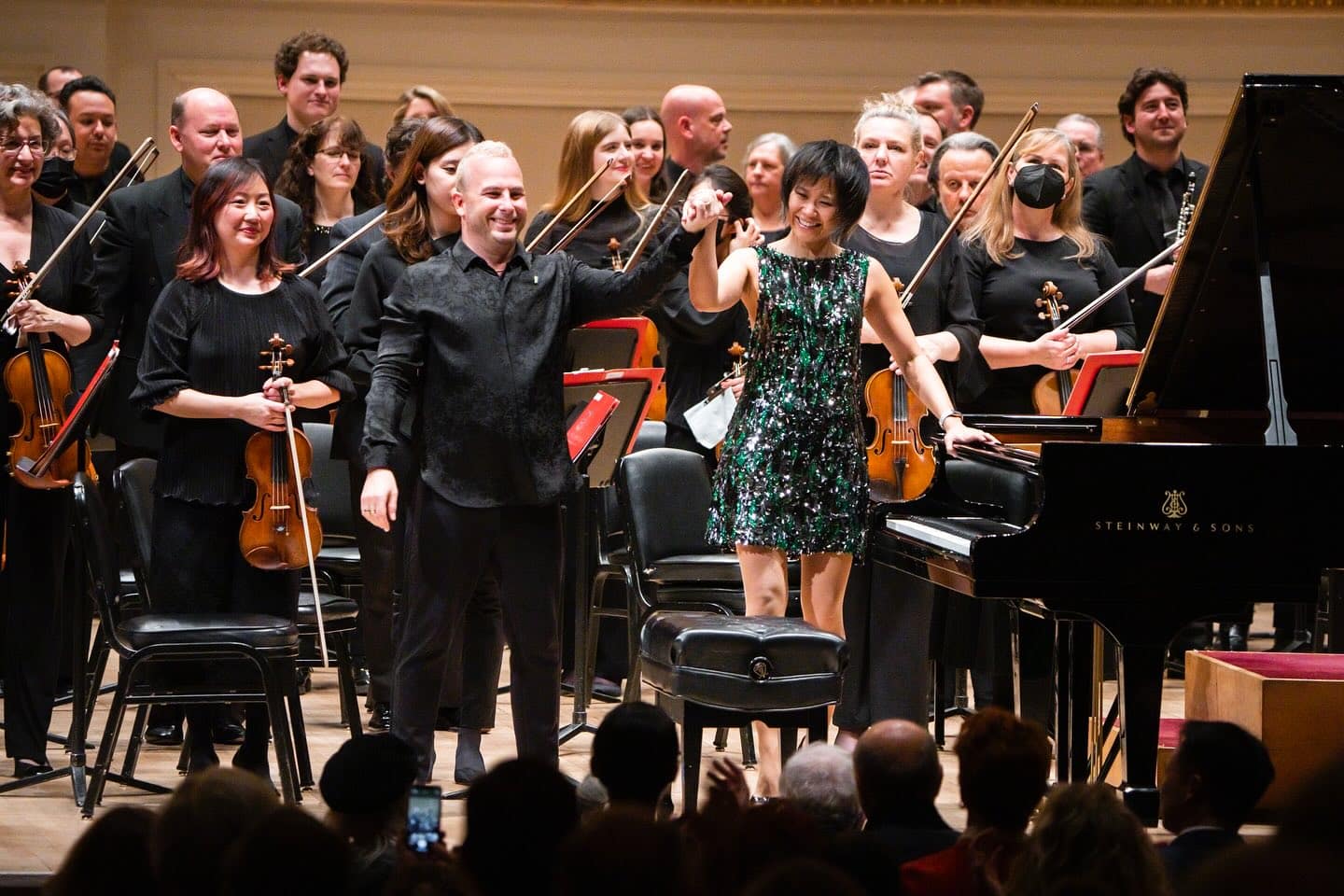
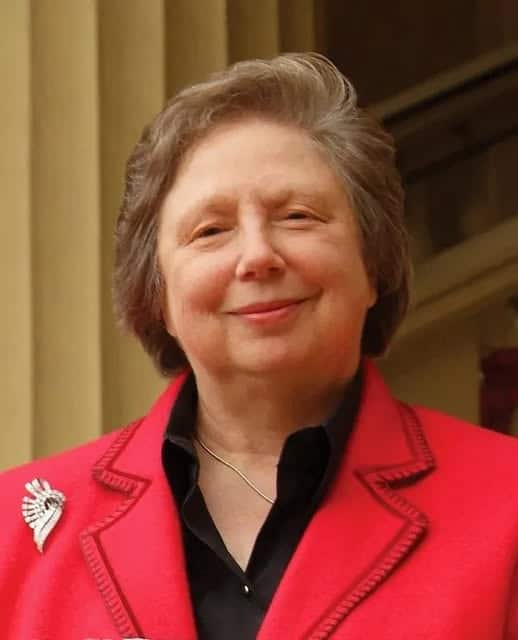
Comments